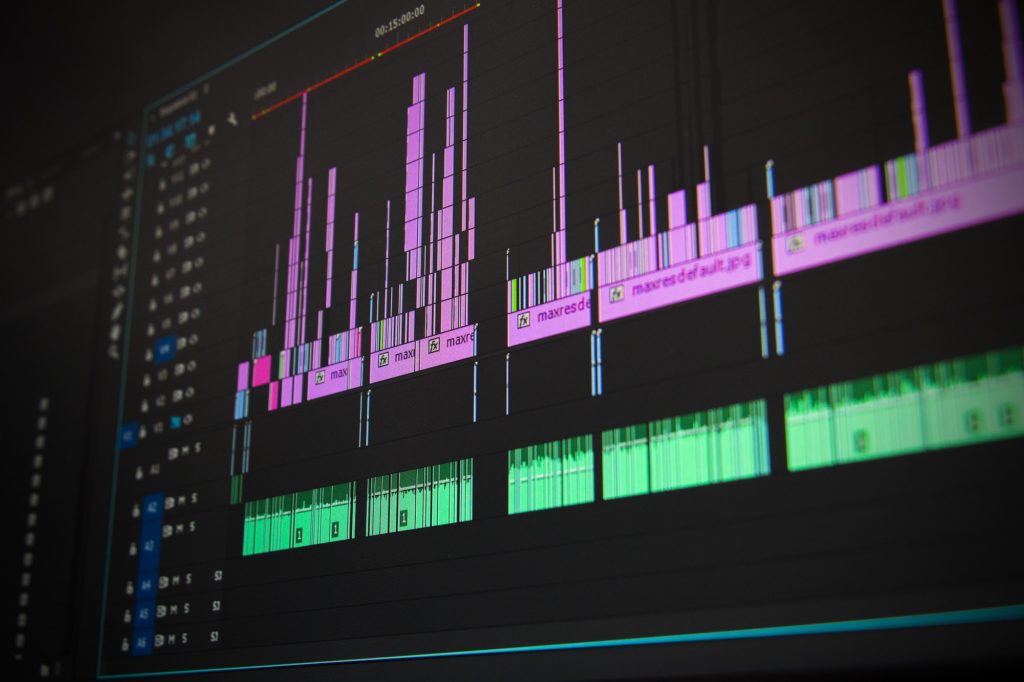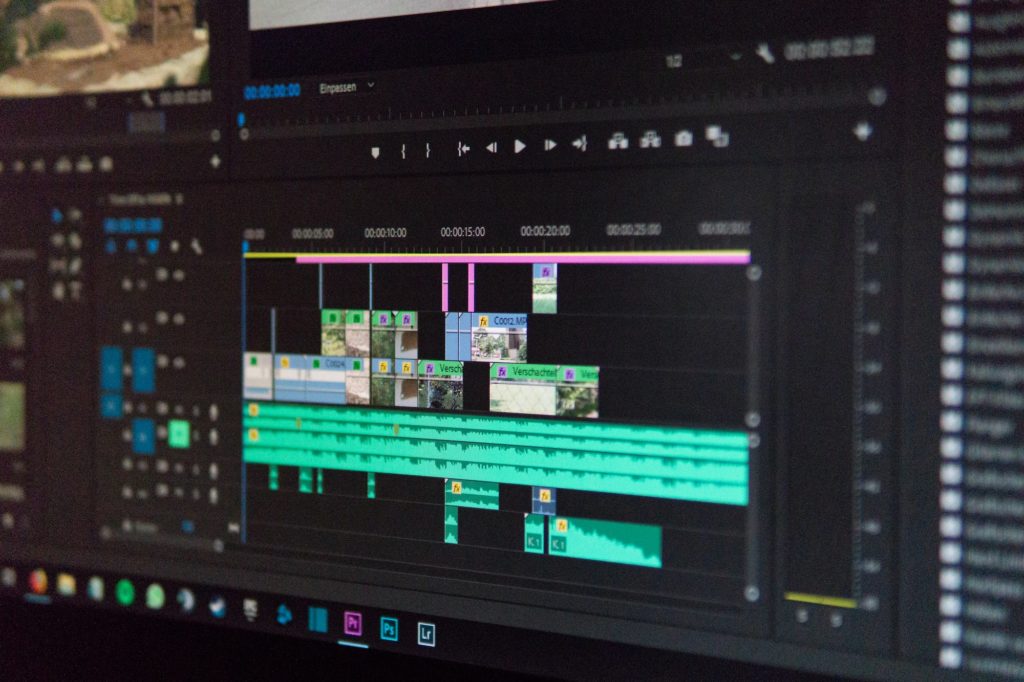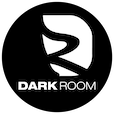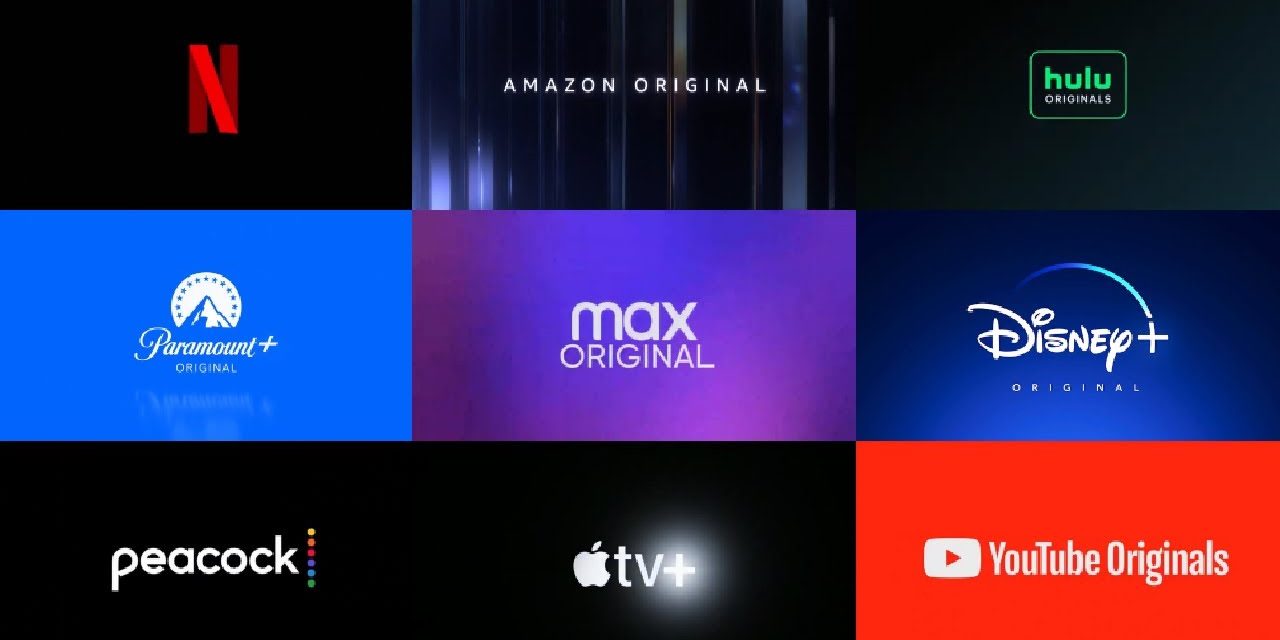A Guide to Collecting Sync Royalties
Sync placements in movies, TV shows, and advertisements have become powerful avenues for artists to gain exposure, reach new audiences, and generate substantial revenue. In this post, we will delve into the world of sync placements, exploring what they are and providing upcoming artists with actionable steps to successfully collect sync royalties.
Understanding Sync Placements:
Sync placements involve the synchronization of your music with visual media, such as movies, TV shows, commercials, video games, or online videos. When your music is chosen for a sync placement, it is paired with visual content to enhance the emotional impact or storytelling. This connection between music and visuals creates a powerful synergy and helps elevate both the music and the visual media.


Collecting Sync Royalties:
Sync royalties are earned when your music is licensed for synchronization with visual media. To effectively collect these royalties, follow these steps:
-
Register Your Music:
Before pursuing sync placements, ensure that your music is properly registered with a performance rights organization (PRO) like ASCAP, BMI, or SESAC (in the United States), or international counterparts like PRS for Music (in the UK) or SOCAN (in Canada). Registering your music with a PRO allows you to track and collect performance royalties when your music is used in sync placements.
-
Create Sync-Friendly Music:
Craft your music with sync placements in mind. Consider the emotional tone, energy, and mood of your compositions. Versatile tracks with clear production and catchy hooks have a higher chance of appealing to music supervisors and fitting various visual scenarios.
-
Build Relationships and Network:
Networking plays a crucial role in securing sync placements. Connect with music supervisors, sync agents, and industry professionals through conferences, music industry events, and online platforms. Engage in genuine conversations, showcase your music, and develop relationships built on trust and mutual benefit. Building a strong network increases your chances of getting your music heard by the right people.
-
Work with Licensing Companies and Libraries:
Licensing companies and music libraries act as intermediaries between artists and content creators. Submit your music to reputable licensing companies like Musicbed, Marmoset, or Epidemic Sound, and music libraries like Pond5 or AudioJungle. These platforms have established relationships with music supervisors and can pitch your music for sync placements on your behalf.
Note: Sync placements can be a highly competitive field. Success may take time and require a combination of talent, persistence, and luck. Don’t be discouraged if immediate results aren’t apparent. Keep honing your craft, expanding your network, and seeking growth opportunities.
-
Create a Sync-Focused Press Kit:
Craft a professional press kit specifically tailored for sync placements. Include high-quality music files, instrumental versions, lyrics, metadata, album artwork, and any other relevant information. A well-curated press kit showcases your professionalism and makes it easier for music supervisors to evaluate your music for potential sync opportunities.
-
Research Music Briefs:
Music supervisors often release music briefs, which outline their specific needs for upcoming projects. Stay updated on industry websites, social media platforms, and sync-focused newsletters to find music briefs that match your style. Tailor your submissions based on the requirements outlined in the briefs, increasing the chances of your music being considered.
-
Be Proactive and Persistent:
Securing sync placements requires perseverance. Keep creating new music, expanding your catalog, and consistently promoting your work. Actively pitch your music to music supervisors, sync agents, and licensing companies. Embrace rejection as part of the process and use feedback constructively to refine your craft and increase your chances of success.
Remember, sync placements can have a profound impact on your career, providing exposure to new audiences and opening doors to diverse opportunities. Embrace the journey, stay focused, and never underestimate the power of your music.





